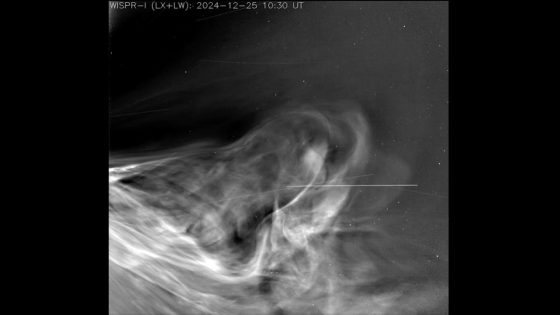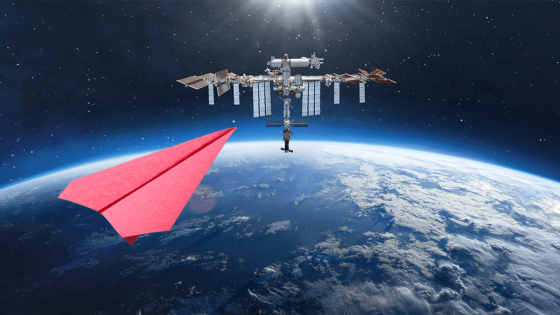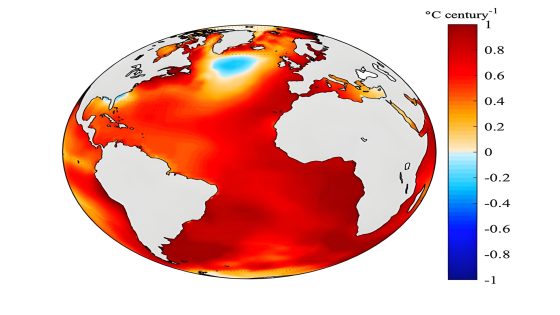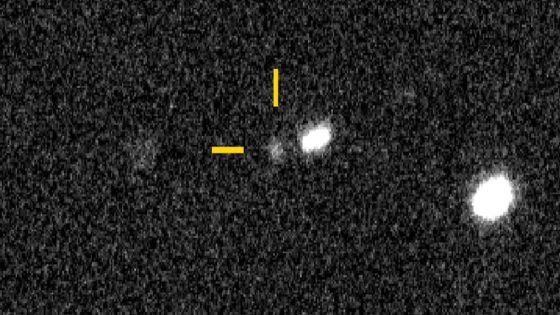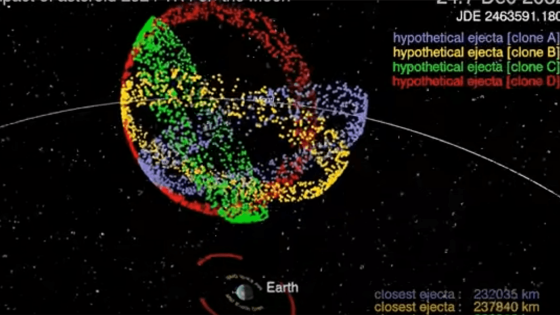Navigating the cosmos, NASA’s Parker Solar Probe has made history with its closest-ever approach to the sun, capturing groundbreaking images that enhance our understanding of solar phenomena. On December 25, 2024, the probe ventured to just 3.8 million miles from the solar surface, providing a unique perspective on solar wind and coronal mass ejections (CMEs).
- NASA's Parker Solar Probe made historic sun approach
- Captured images from 3.8 million miles away
- Timelapse reveals solar wind behavior
- Understanding space weather threats to Earth
- Upcoming flyby scheduled for September 15
These unprecedented observations were made using Parker’s Wide-Field Imager for Solar Probe (WISPR), revealing how solar wind behaves immediately after its release. As Nicky Fox from NASA stated, “We are witnessing where space weather threats to Earth begin, with our eyes, not just with models.” Following its December flyby, the probe continued to match this record distance in subsequent approaches, including one on March 15, 2025.
This remarkable mission raises important questions about the implications of solar activity on our planet. How can we better prepare for potential space weather events? The insights gained from Parker’s data could revolutionize our understanding of solar dynamics.
- Solar wind behavior is now observable in real-time.
- CMEs can be better understood, aiding in predicting space weather.
- Data could improve satellite and power grid protection on Earth.
As the Parker Solar Probe continues its mission, we look forward to more discoveries that could reshape our understanding of the sun and its effects on our planet. What other secrets might the sun reveal?



